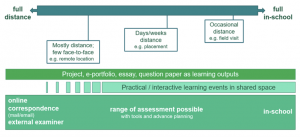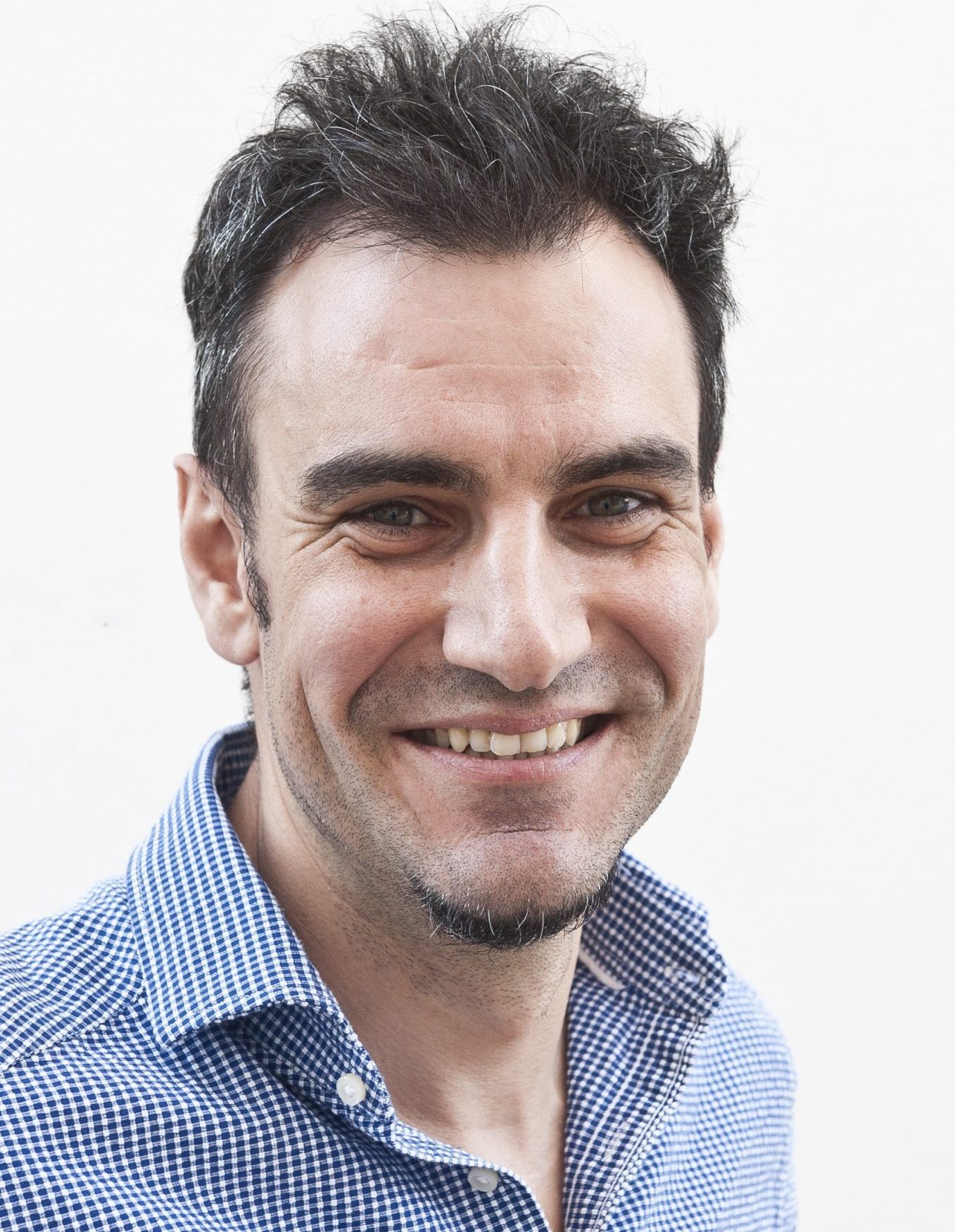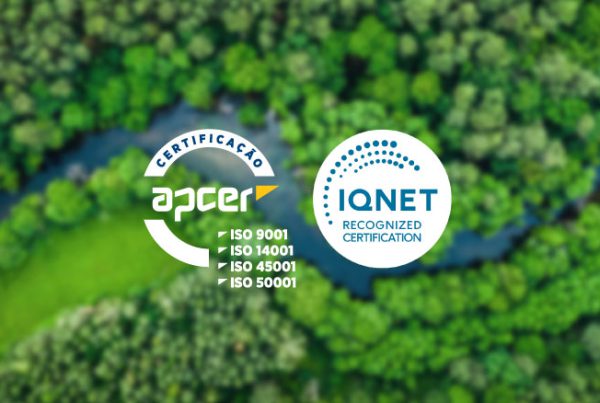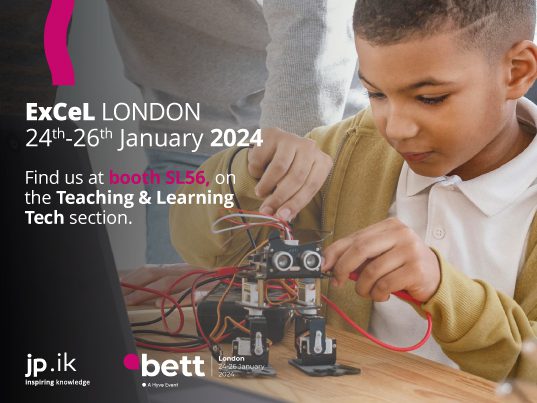The process of globalization of the economy and communication, the evolution of technologies and an awareness of network globalization have caused sharp societal transformations, driving the arising of new paradigms, models, educational communication processes and new scenarios of teaching and digital learning. But no one, not even teachers who already adopted virtual environments in their practices, imagined that such a rapid and emergency shift would be necessary, almost obligatory, due to the expansion of COVID 19.
In fact, the suspension of school activities in the territory of physical face-to-face, a little throughout the world, has led to the obligation for teachers and students to migrate to virtual environments, revealing, on the one hand, the possibilities and challenges of Distance Education, and on the other hand, the crucial role of schools as safe communities with a strong feeling of belonging. The crisis and the experiences of emergency remote online education throughout Europe and the world in the spring of 2020, and the subsequent dual operation, with the partial reopening of schools in some of these countries, have also made it possible to comprehend that instead of returning fully to the way school education worked, it is possible to think of a more blended, more hybrid education, which allows combining different presences (physical and digital), times (synchronous and asynchronous), technologies (analog and digital), cultures (pre-digital and digital) and, above all, articulate different spaces and learning environments (analog and digital).
More than the integration of physical and virtual learning environments, hybrid education should assert itself as a concept of total education characterized by using combined solutions, involving the interaction between different modalities, pedagogical approaches and technological resources. That is, more than integrating physical and online learning environments, hybrid education must be understood, on the one hand, as a dynamic strategy that involves different technological resources, different pedagogical approaches and different times and, on the other, as a highly complex communication process that promotes a series of interactions between human and non-human actors that can be successful provided as long as all these elements are embedded.
Indeed, in times of profound transformation, of a world structured in a complex way where analog and digital, real and virtual cohabit, human and machine, offline and online, of the acknowledgment that we live in a new social, cultural, economic, political and, even, ethical order and the dizzying evolution of digital technologies, we are facing the need to rethink the educational paradigm where communication can take a central role by uniting and bringing actors closer to human and non-human. This centrality of the communication process, and not of the teacher, student, or technology, refers to significant communication variables such as interaction, connection, connection, and participation, essential to the pedagogical relationship.
Thinking about the processes of innovation sustained in this context, and not disruptive, means that these hybrid forms, present themselves as an attempt to offer the best of the different existing realities.
Implementing hybrid education models, not as a pure disrupting process, but as a process of sustained innovation, will allow us to move towards the idea of an educational community united in its purposes of change.
In this century the experiences of blended education have increased significantly, as a result of different initiatives to innovate pedagogically, especially in schools in remote areas; in teaching the itinerant communities; in teaching of students who are also high competition athletes; or in emergency situations related to armed conflicts or natural disasters.
Nevertheless, this approach can also be implemented effectively without being in exceptional situations if several factors are taken into account. The important thing is decisions are based on what is best for the student depending on the context; whereas there is a clear understanding and sound justification for incorporating this hybrid approach; and that actions are carefully planned, created and monitored.
This type of blended approach can allow, depending on the current reality that we live from unpredictability in relation to the frequency of school facilities of all students simultaneously, to develop flexible and personalized learning situations.
Figure 1. Blended Learning: personalization and flexibility

Source: European Commission, 2020, p. 8
But beyond the comprehension of this reality, this blended approach also requires a high level of competence and innovation of teachers and school leaders and a transformation of the education system and its support mechanisms, in terms of legislation and structures, resources, professional development and quality assurance.
It is necessary, for example, to define a legislative framework with a flexible structure that allows changes to happen. A framework that includes, for example, learning in virtual environments; describing how curricula and evaluation can be addressed or adjusting to work effectively in this blended approach; defining guidelines for more flexible and combined teaching and learning structures; and requiring all educational actors to carry out training in this area.
However, this shift of approach is only possible if teachers and students collaborate actively in this process, as it also depends on their own ability to actively participate as individuals and groups in a spirit of creativity and research.

Contribution by:
José António Moreira
José António Moreira is an Associate Professor of the Department of Education and Distance Learning, in Universidade Aberta. He is also the Director of the Regional Delegation of Oporto and the Executive Coordinator of the Unity of Development of Local Centers of Learning, in Universidade Aberta.
He holds a PhD and master’s in Educational Sciences from the University of Coimbra and a Post-Doctorate in Educational Technologies and Communication also from the University of Coimbra.



